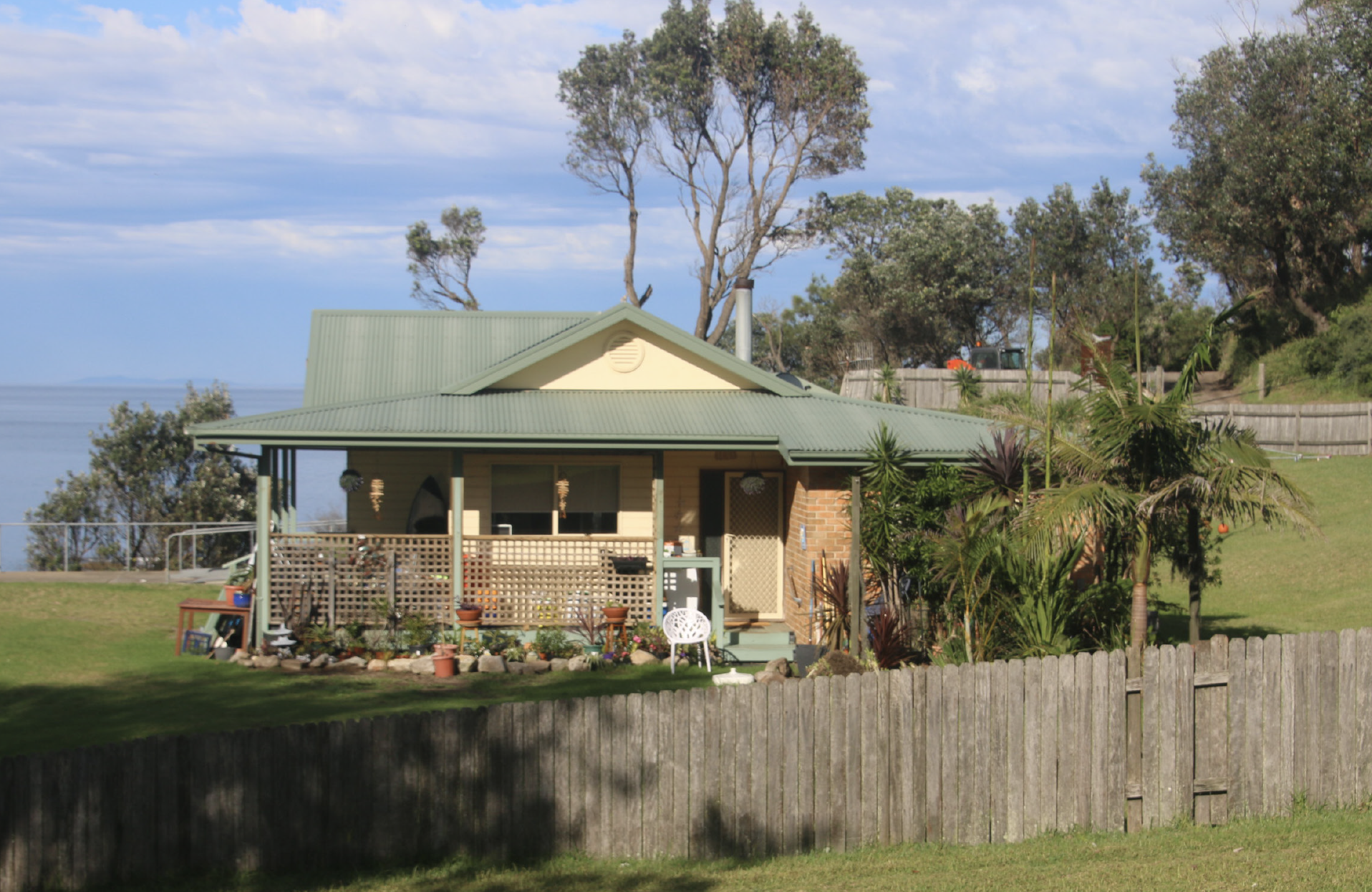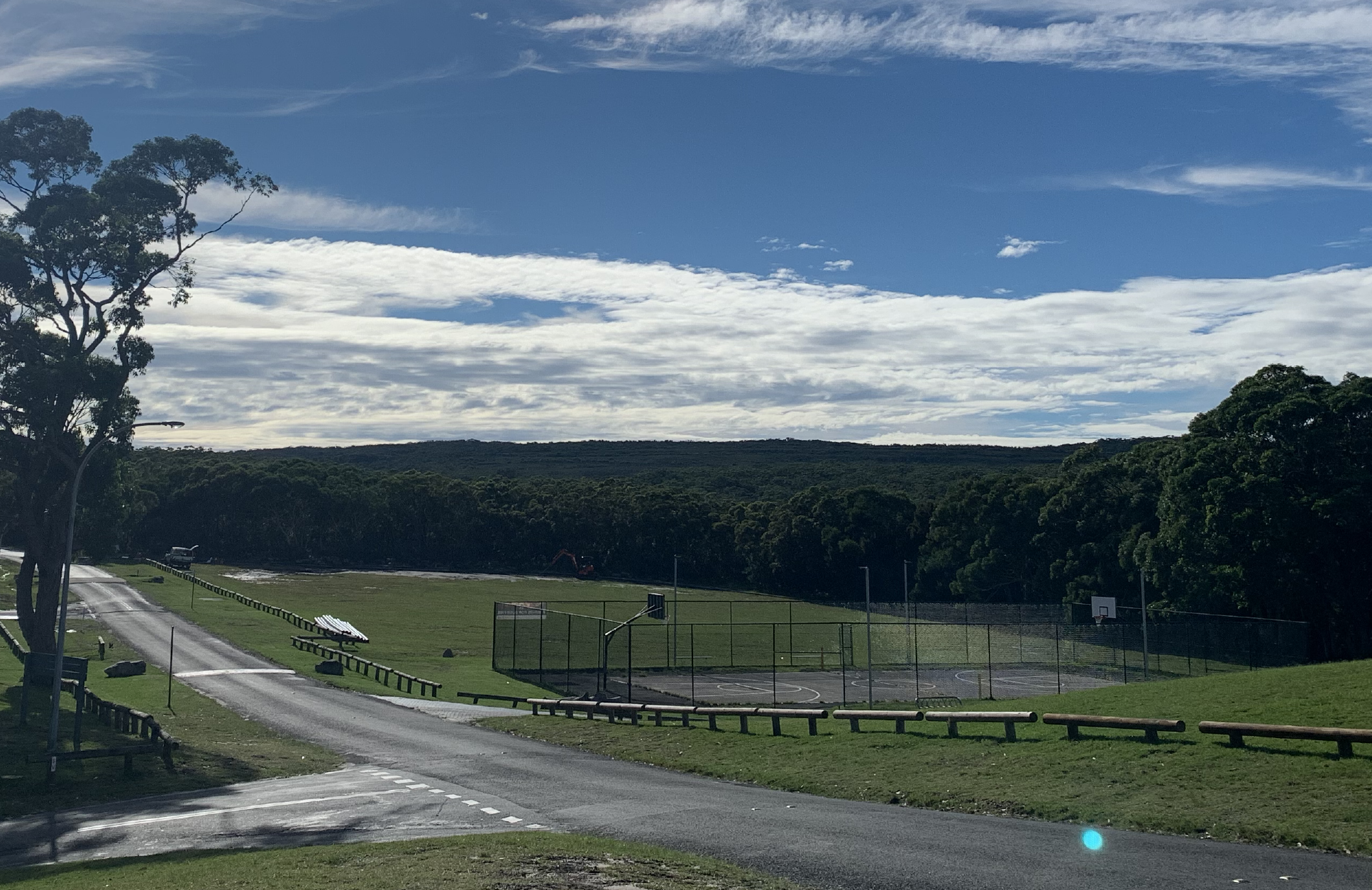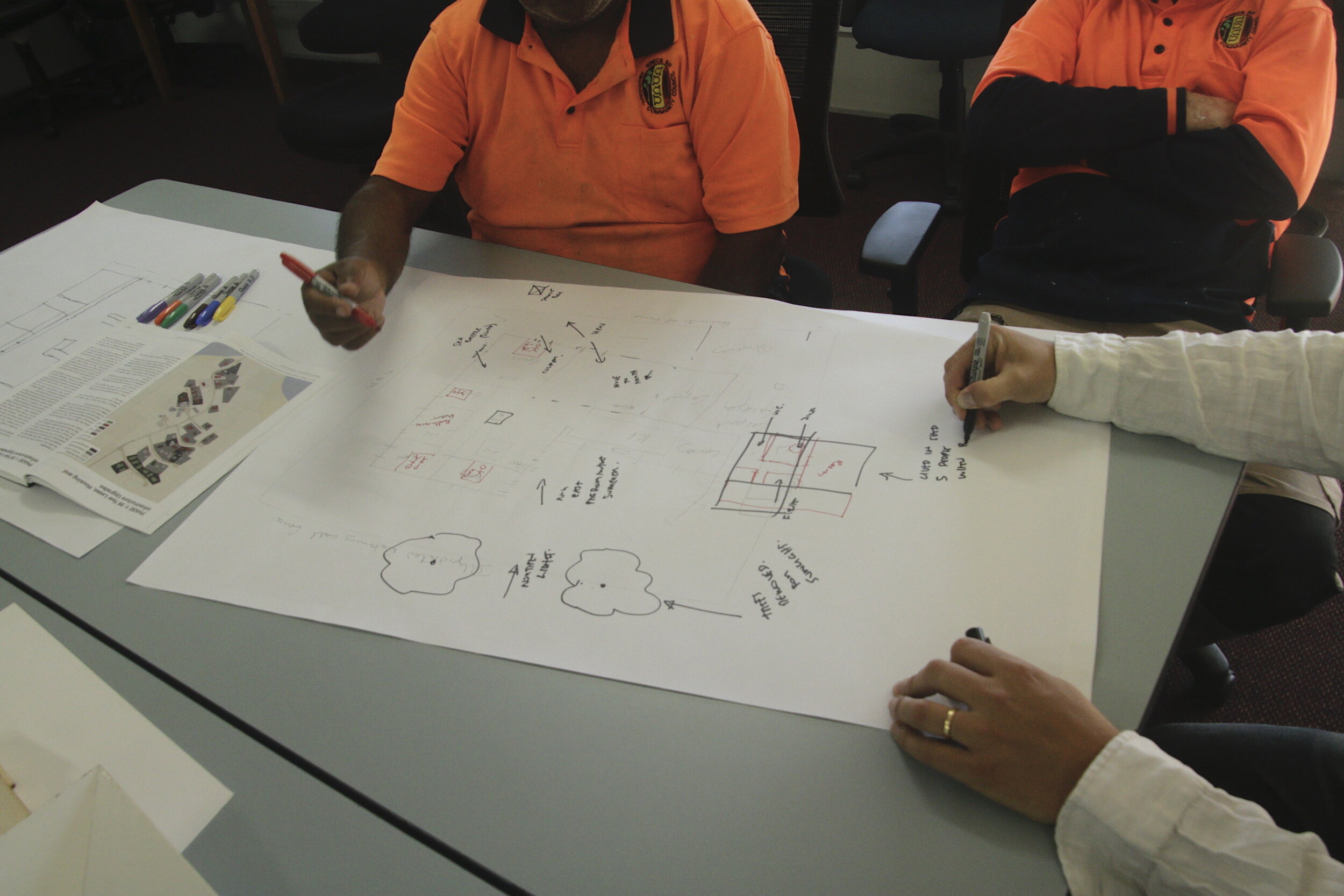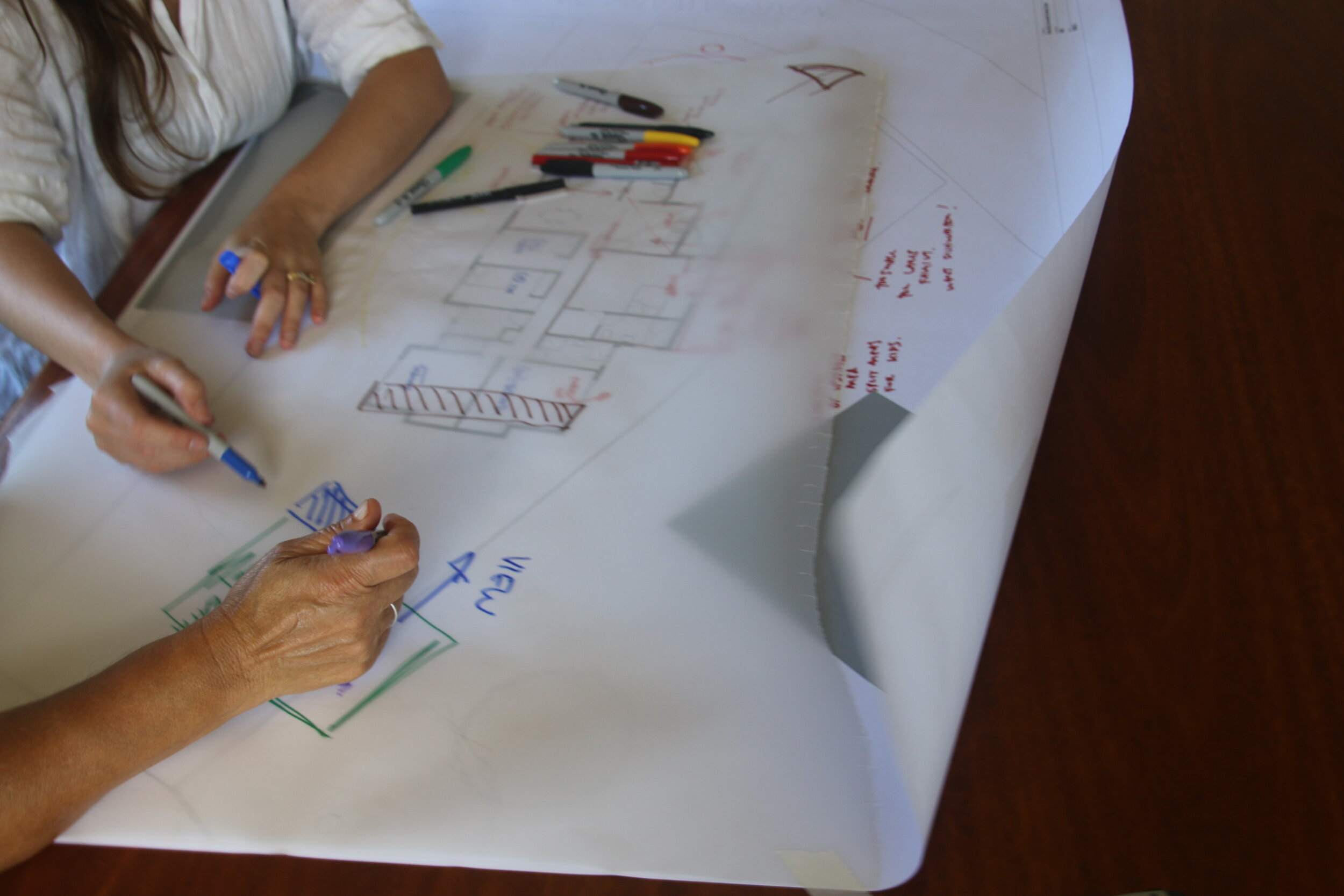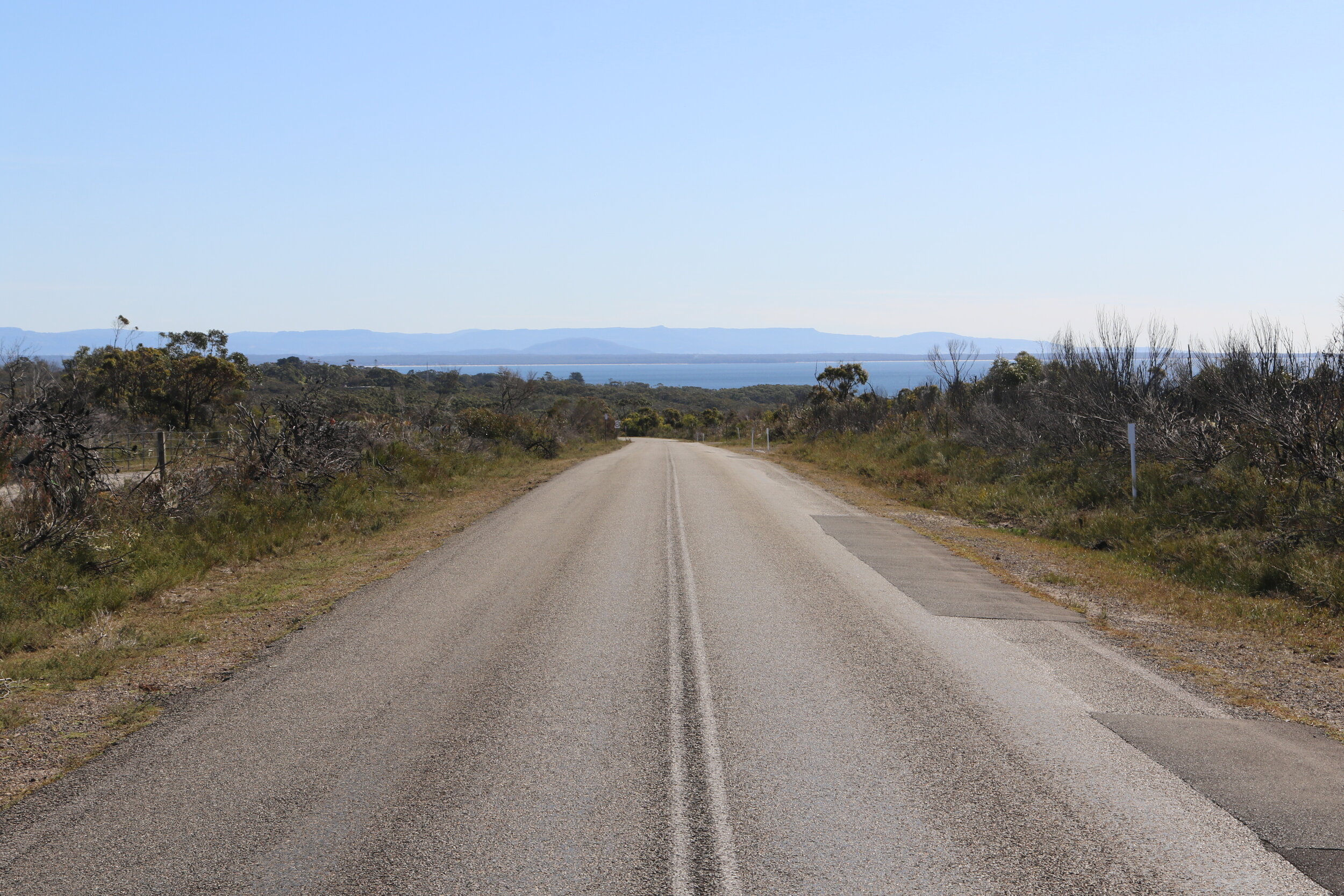
This report is the second part of an evaluation of the Wreck Bay Aboriginal Community Council’s (WBACC) Home Ownership Program undertaken by The Indigenous Infrastructure and Sustainable Housing Alliance (TIISHA) from the University of Technology Sydney.
Key recommendations from our Part 1: The Wreck Bay Home Ownership Program — An Evaluation included upgrades to: forty-eight existing houses, town drainage and stormwater infrastructure, retaining walls, the subdivision of the ‘403’ Lands into fifty-four lots, the implementation of new 99-year leases, new housing management, town planning, the declaration of public roads, community hub upgrade and a new housing subdivision.
This second evaluation offers an alternate strategy that involves the staged removal and replacement of housing in Wreck Bay based on the potentially comparable time and cost of upgrading existing housing stock. The report proposes three alternate options within the strategy, each offering differing levels of intervention, scope and cost, summarised as follows:
Option #01 — Demolish all forty-eight existing houses and replace + infill six vacant lots with new housing (total seventy-three new houses on fifty-four lots).
Option #02 — Demolish and replace all thirteen 1989 houses, infill six vacant lots with new housing and upgrade thirty-five existing houses (total of twenty-five new homes across fifty-four lots).
Option #03 — Infill six vacant lots with new housing, implement relocatable one-bedroom studios to cater for ageing in place and overcrowding and upgrade forty-eight existing houses (total of eight new houses and ten relocatable one-bedroom studios).
In developing the three options, this second evaluation provided an opportunity to explore culturally responsive design solutions for Aboriginal housing that reflect community needs. The research was undertaken through a Participatory Action approach that involved the detailed review of existing housing stock, research and analysis of best practice approaches to culturally responsive Aboriginal housing, surveys with twenty-six residents as well as interviews and participatory drawing with six residents. Data collected has been analysed through a socio-technical lens, adapted from Paul Memmott’s Post Occupancy Evaluation in the NT (2000), with a framework structured in three interrelated parts as: Criteria #01 Function - defined by how operative and flexible are domestic spaces are to user needs; Criteria #02 Building - the physical attributes of residential architecture; and Criteria #03 Performance – evaluating the core residential services in relation to user comfort.
The outcome of the evaluation is the development of a series of design principles for Aboriginal housing in Wreck Bay. These design principles have informed the development of five schematic design proposals for new Aboriginal housing typologies, each responsive to different household types including multigenerational households, young families, single people and ageing residents.
In parallel, our evaluation puts forward three costed options for the staged replacement of housing in Wreck Bay and concludes with an evaluation of proposed future subdivision for new housing and a discussion of strategies for awarding new housing to community members.
This report is intended to be read in conjunction with The Wreck Bay Home Ownership Program — An Evaluation by TIISHA (The Indigenous Infrastructure and Sustainable Housing Alliance) 09/11/2020.
Wreck Bay Home Ownership Program Evaluation Part Two: Replacement of Exisiting Housing
(2021)
